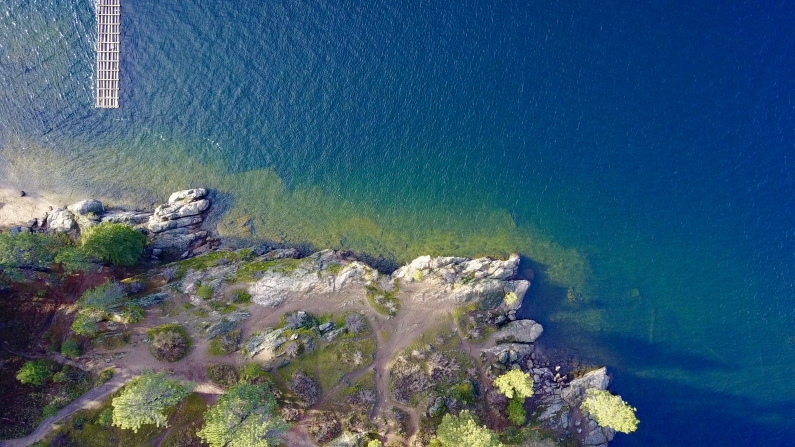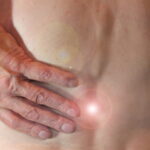Scientists and researchers have been delving into the marine world for life-saving drugs since the 1950’s. Like the rich medicinal varieties on land, the sea offers a plethora of pharmacological tidbits. So far we’ve identified more than 5000 drugs from the ocean, and the possibilities seem limitless.
Let’s take a look.
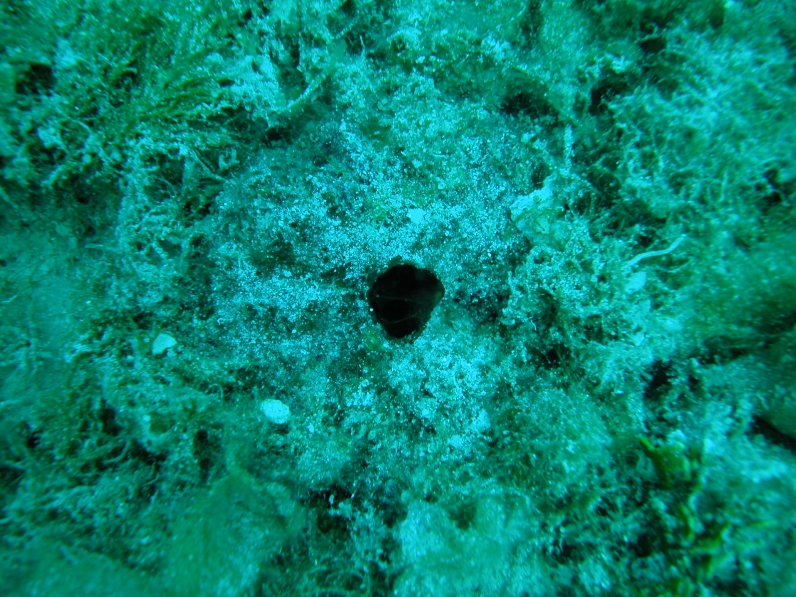
The Caribbean Sea Sponge
Sea sponges account for more than thirty percent of the more than 5000 drugs from the ocean. Top that, for a dynamic sea creature who creates more diversity than all other marine invertebrates.
The Tectitethya crypta (formerly known as Cryptotheca crypta) is a sponge found in the Caribbean. Scientists first studied it in the 1950s and were able to isolate two nucleosides: spongothymidine and spongouridine. Both chemicals were significant because they contained D-arabinose rather than D-ribose. Because of this, a new generation of compounds could be studied and synthesized. Both are currently being used for antiviral and anticancer drugs.
Thanks to the sea sponge’s properties, both vidarabine and cytarabine were created.
Vidarabine
Vidarabine is an antiviral medication that treats herpes simplex and varicella zoster viruses in AIDS patients.
It is also active against the herpes viruses, poxviruses, rhabdoviruses, hepadnaviruses and some RNA tumour viruses.
Cytarabine
Generic for Cytosar-U, scientists currently use cytarabine as a chemotherapy drug. It also goes by the names Ara-C, or arabinosylcytosine.
The drug treats different forms of leukemia, including acute and chronic myelogenous leukemia, acute lymphocytic leukemia, and acute promyelocytic leukemia.
It is also used to treat Hodgkin’s lymphoma, as well as meningeal leukemia and other types of lymphoma (cancers found in the lining of the brain and spinal cord).

The Caribbean Soft Coral
Thanks to scientists who isolated the Caribbean soft coral, many skin and beauty products on the market have natural anti-inflammatory properties containing this coral.
The key ingredient is coral, isolated from the gorgonian sea whip Pseudopterogorgia elisabethae. This coral is found in the Bahamas and Florida Keys.
Pseudopterosin E
Pseudopterosin E has anti-inflammatory and analgesic activity. Its significant because its mechanism of action is different from the common non-steroidal anti-inflammatory drugs, (NSAIDs) like aspirin.
Skin creams and other beauty products contain pseudopterosin, the key ingredient for anti-inflammatory activity.
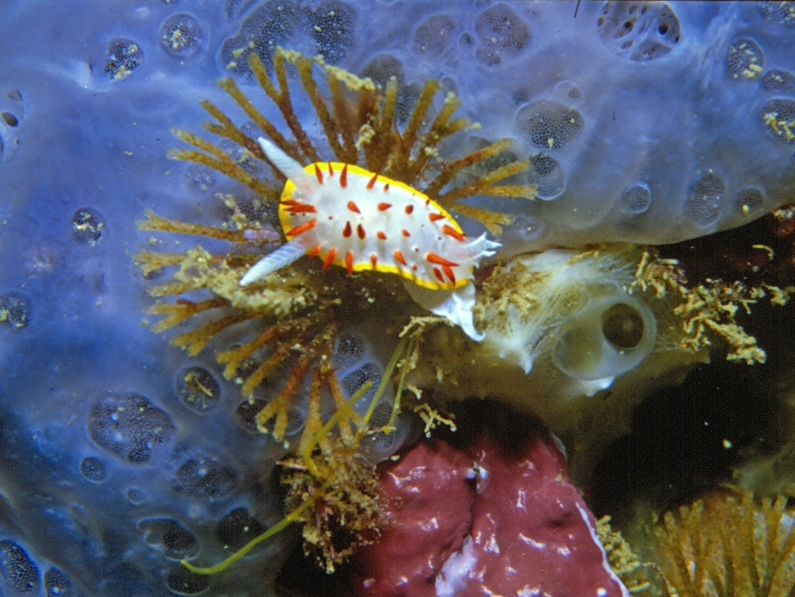
Bugula
Scientists isolated the common bugula, a species from the marine organism bryozoan, in the 1960s. Its samples proved that scientists could possibly use it to synthesize an anticancer drug. By 2010, we isolated 20 different bryostatins.
Bryostatins
Bryostatins are significant because they are affect protein kinase C activity. They have been studied in clinical trials for the past few decades as anti-cancer and anti-AIDS/HIV agents. Most currently, scientists are testing them in Alzheimer’s disease patients.
As far as anticancer drug activity, we’ve conducted thirty clinical trials on tumors. Studies have been halted because the results are not promising enough at this time.
Bryostatins did however, show a significant effect in animal models of Alzheimer’s disease, and a company called Neurotrope has taken over the latest clinical trial.
Bryostatin is currently being studied in people with HIV.
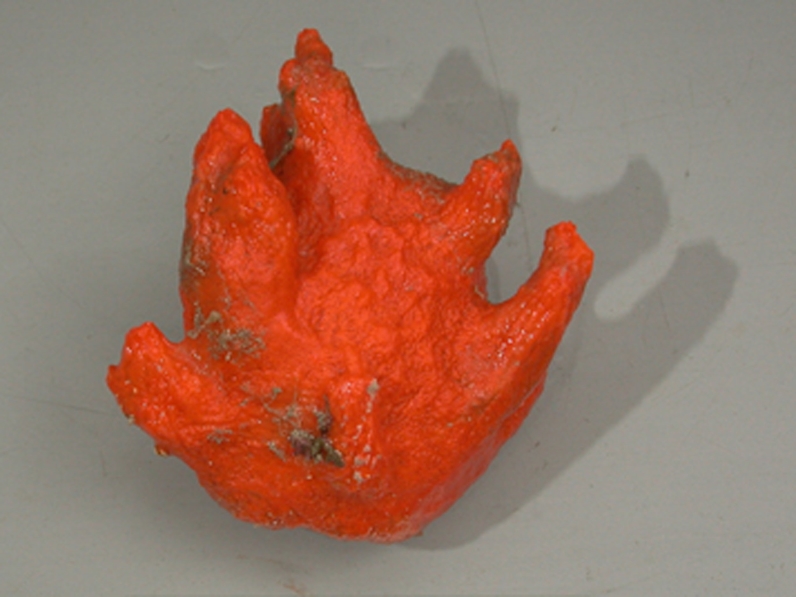
The Forcepia Sea Sponge
Scientists at The Harbor Branch Oceanographic Institute discovered and isolated this sea sponge in the 1990’s. Scientists found that the Forcepia species produces a series of compounds called lasonolides, which show promising activity for pancreatic cancer treatment.
Lasonolides
Lasonolide A has shown to be extremely active against cancer cells, including lung cancer, leukemia, and pancreatic cancer. Scientists have produced work at the National Cancer Institute showing promising effects against melanoma and glioblastoma as well.
The key lies in inducing rapid and reversible premature chromosome condensation, which interferes with mitosis and meiosis of cancer cells. Lasonolide currently shows high and selective cytotoxicity against mesenchymal cancer cells.
The Bottom Line
Scientists have reaped some proud moments with the drug discoveries thus far, but the field of science is far from tapping into the true potential of ocean medicines.
Researchers claim that 98 percent of all reported findings end up being something scientists already found before. This makes studying the ocean of possibilities both costly and inefficient. On top of that, studies show that disease resistance is steadily going up while drug discovery is simultaneously going down. It’s frightening.
Its still intriguing that most drugs from the ocean remain unknown to mankind. And if this staggering resource stays untapped, who’s to say that actual cures (and not just therapies) for deadly diseases are not swimming around underwater right now?
